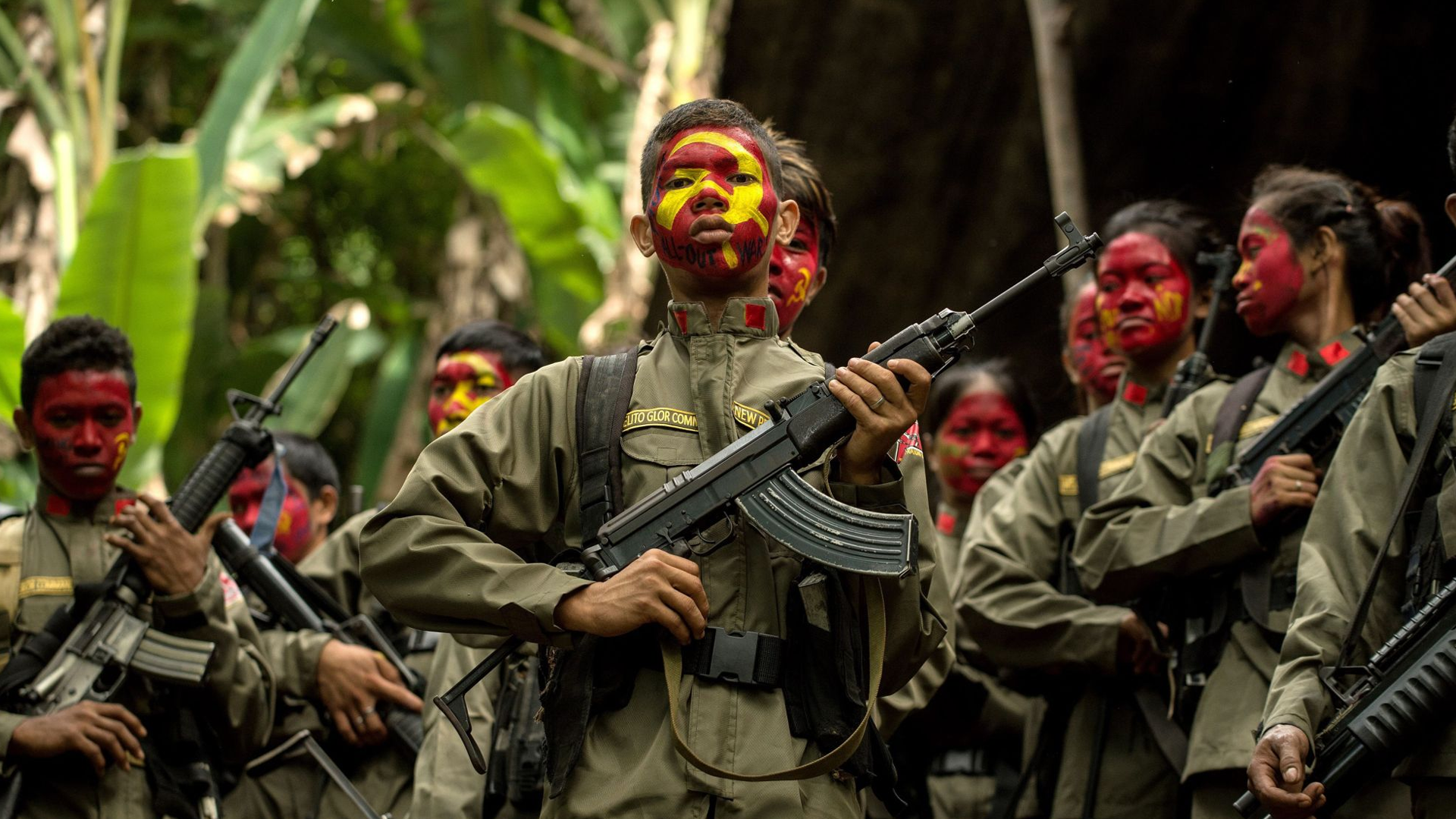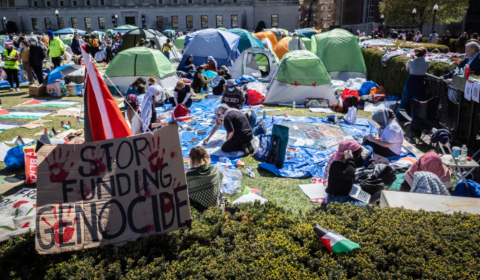The Maoist insurgency began in the 1960s and is one of India’s biggest internal security issues. These rebels fight against the neglect of tribal people and the rural poor, aiming to eventually establish communist rule using force. Over the last couple of years, they have seized control over certain parts of the country, and the armed forces follow a strategy of severe crackdown in these areas.
India’s Maoist movement began in the 1960s from a village called Naxalbari in the state of West Bengal, and is thus popularly called the Naxalite movement.
At their peak in 2006, the movement was so strong that it urged then Prime Minister Manmohan Singh to term it the ‘single biggest internal-security challenge ever faced by our country’.
However, incidents of Naxalism have reduced by 77% between 2009 and 2021. Additionally, deaths of civilians and security personnel have also fallen by 85%, from 1,005 in 2010 to 147 in 2021.
Even so, this does not dismiss the fact that the Naxalite movement still finds appeal among marginalised sections of society and remains the face of left wing extremism in India. So, let’s look at the history of this movement and the current state of affairs.
How did the movement start?
The Naxalite movement is actually a continuation of the Tebhaga movement which took place during 1946-47 in West Bengal. At the time, landless labourers were forced to give up half of their harvest to landlords as a sort of tax.
For this reason, the Communist Party of India (Marxist) began organising landless labourers during the latter half of the 1930s to protest against this exploitation- even before the Tebhaga movement officially began.
Charu Majumdar, who was to later become the father of India’s Maoist movement, was made a member of CPI (M)’s district Jalpaiguri district committee in 1942.
Then in 1943, the Great Famine of Bengal occurred and Majumdar along with other leaders urged the labourers in Jalpaiguri to come together to attack the granaries of landlords, seize the grains, and distribute them.
These acts of rebellion against the upper class sowed the seeds of the Naxalbari movement that took place in 1967.
That year, when a tribal individual named Bimal Kissan was provided with a judicial order to plough his land but was thrashed by landlords who did not agree to pay him his legal share for the crops he farmed, the tribal population of the village began protesting against the landlords; and things escalated when Charu Majumdar began to lead them.
Majumdar, alongside other leaders, came up with an annihilation campaign which involved killing anyone whom they had disagreements with or were a danger to the movement; this usually involved landlords, businessmen, civil servants and police officers.
Regardless, soon after the Naxalbari revolt, similar uprisings began occurring within months in states such as Bihar, Jharkhand, West Bengal, Odisha, Andhra Pradesh, and Maharashtra.
In fact, this entire stretch of land under the control of Naxals is known as the ‘Red Corridor’; it comprises some of the least developed and poorest regions of India with a high number of tribal people.




















